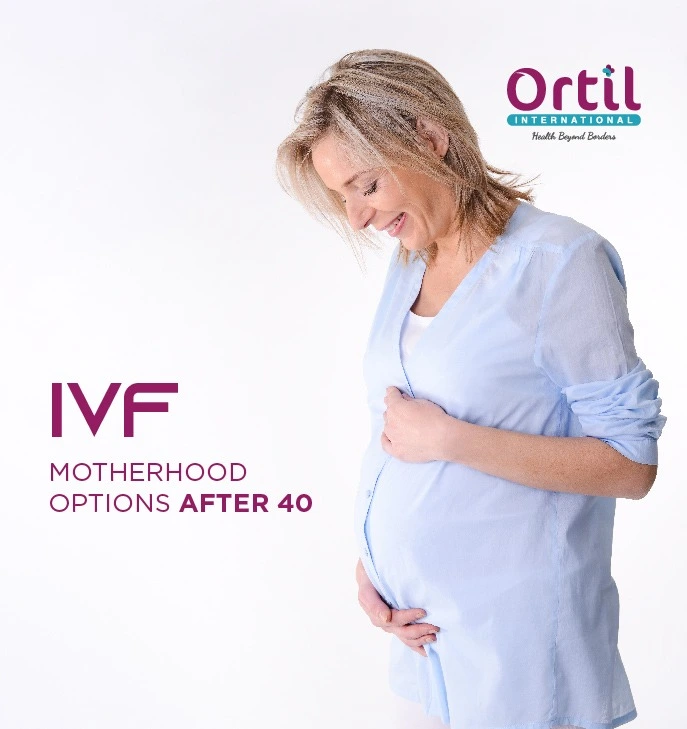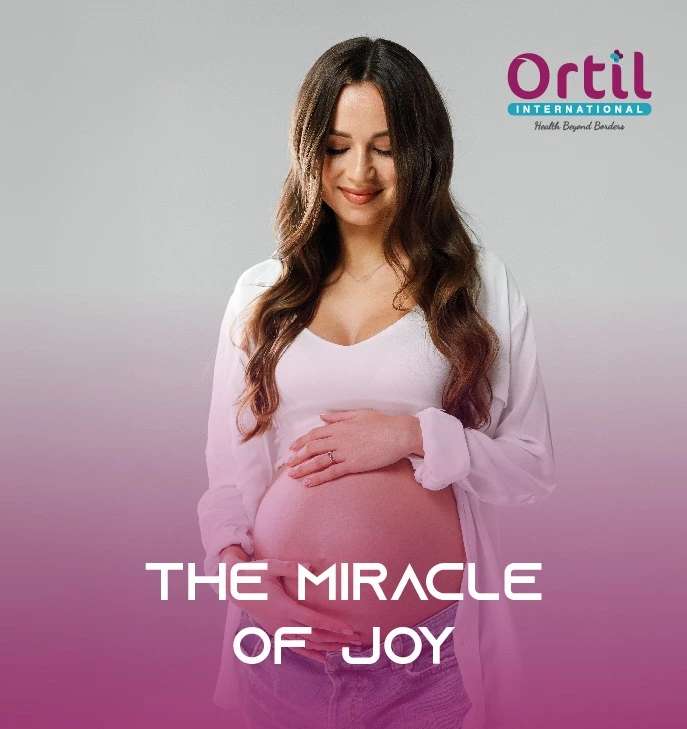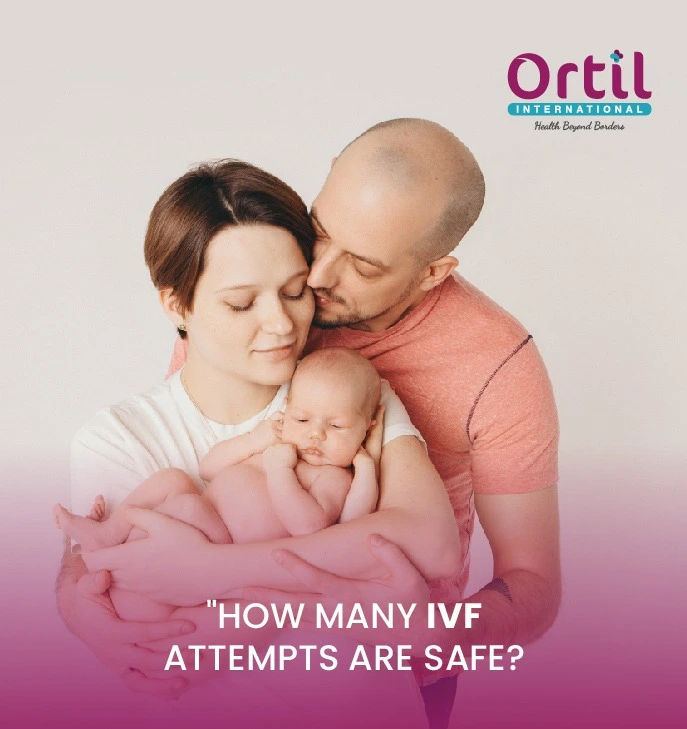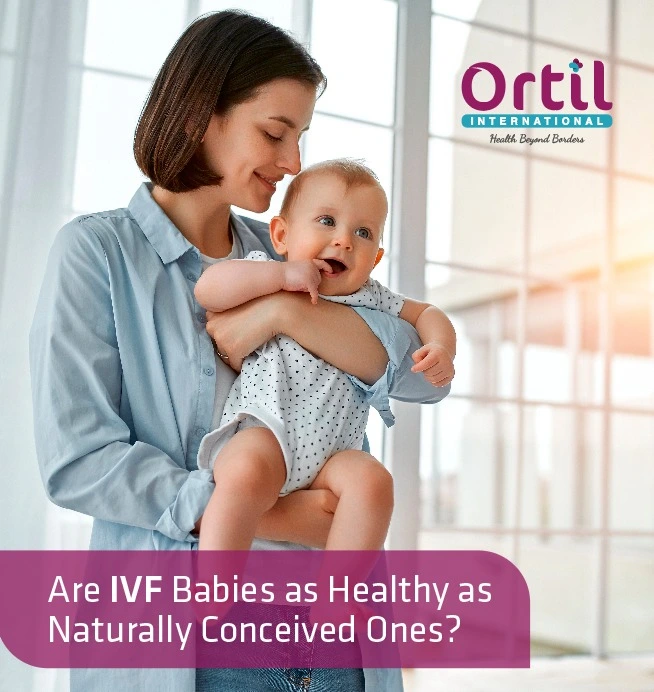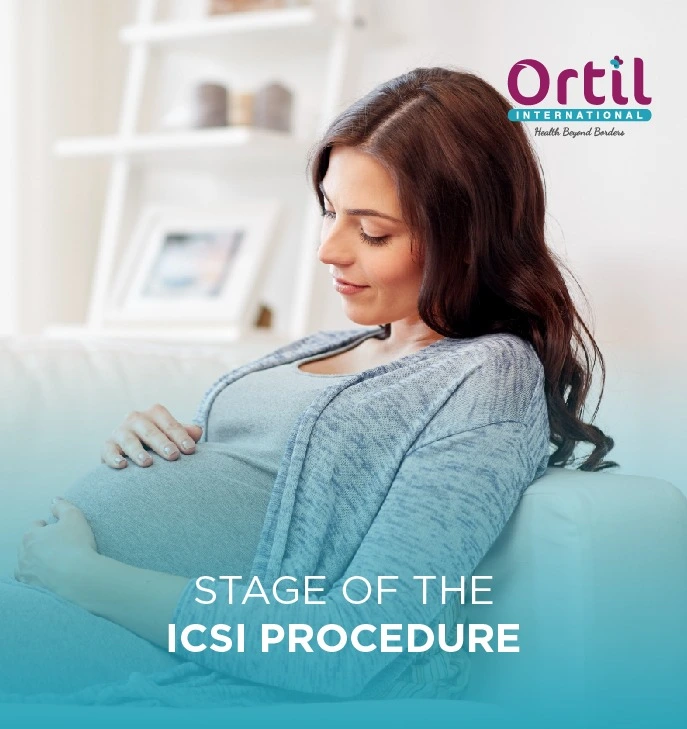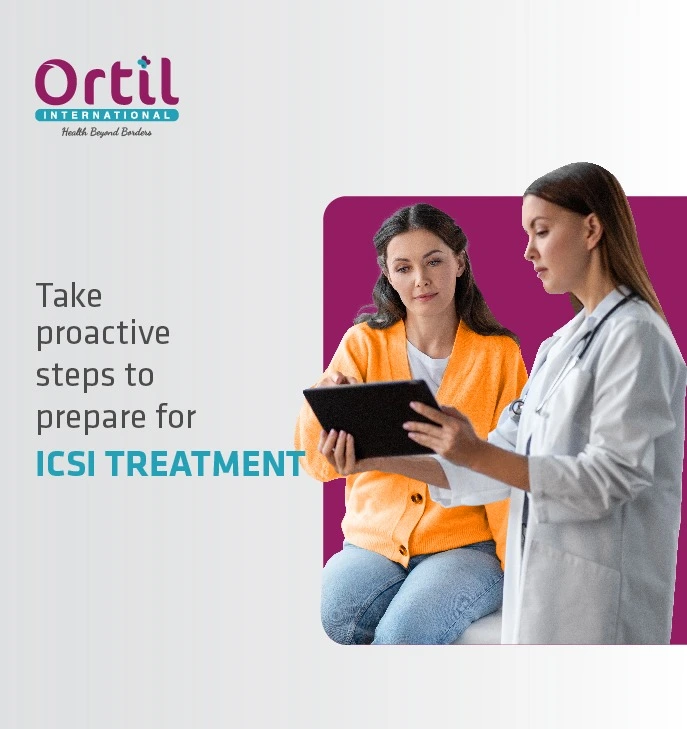Fresh Vs. Frozen Embryo Transfer in IVF
Are fresh embryos better than frozen ones? You may hear this question a lot in your journey of reproductive assistive treatment while considering IVF. How does it affect the success rates of choosing fresh embryos or frozen embryos? So, let’s talk about frozen embryo vs fresh embryo procedures in detail to understand them properly.

Fresh vs. Frozen Embryo Transfers, What’s a Better Option?
Many fertility specialists believe that frozen embryo transfer has the greater success rates of reproductive assistive technologies like IVF. However, it is not the only factor that describes the success rates because many factors contribute to a successful pregnancy.
It is possible that you may have higher success rates with fresh embryo transfer than frozen embryo transfers, depending on your specific condition. During your journey of IVF, a fertility specialist evaluates your condition and finds out the cause of infertility before starting the treatment. It is helpful in planning specific treatment according to your condition.
The Difference Between Fresh and Frozen Embryo Transfer
Both fresh embryo vs frozen embryo procedures are used in the healthcare system of India. At the start, only fresh embryo transfer was the option when using IVF, but with the help of advanced technology, it is now possible to freeze embryos for years to use in the future. The process of fresh and frozen embryo transfers is described below:
Fresh Embryo Transfer Process Step by Step
- During the IVF procedure, eggs are obtained from the ovaries of the female partner, usually five days before the actual transfer of embryos.
- After that, the sperms are obtained from the male partner, and the fertilization process is performed in the laboratory setting.
- After some time, the embryos develop and grow and remain under observation.
- After a week, a high-quality embryo is transferred into the uterus of the female partner.
- After five days, a pregnancy test is performed to check the success rates of the IVF procedure.
Frozen Embryo Transfer Process Step by Step
- After the retrieval and fertilization procedure, the embryos that formed in the laboratory are stored.
- Embryos are frozen after development, usually six to eight weeks before the transfer.
- When the patient is prepared, medications are given for a natural menstrual cycle.
- The time of frozen embryo transfer is decided according to the cycle of each patient for successful implantation.
- Frozen embryos can be stored for a very long time, and it allows for later pregnancies or preservation of fertility.
Benefits of Frozen Embryo Transfer
Frozen embryo transfer is an advanced technique that allows patients to preserve their fertility for a very long time. It also has benefits for patients suffering from serious diseases. However, the benefits of frozen embryo transfer are mentioned below:
- Improved pregnancy success rates
- Less costly than fresh embryos
- Flexibility for embryo testing
- Suitable for many pregnancies years later
- Allows for fertility preservation
- Reduces risk of hyperstimulation
- Low level of stress for woman’s body
- Compatible with the natural menstrual cycle
- Offers longer-term embryo storage options
- Suitable for cancer patients to go for radiation therapy
When Does Frozen Transfer Work Best?
Frozen transfer works best when the patient must go under aggressive treatments like chemotherapy and radiation therapy. These treatments can severely affect the fertility of patients, so it is advisable for such patients to freeze embryos for later use and preserve their fertility.
Frozen embryo transfer usually occurs after 6-8 weeks of embryo development. It can also be done after months or years when the patient is ready to conceive.
IVF Success Rates for Fresh vs Frozen Embryo Transfer
In some patients, both fresh and frozen embryo transfers have the same success rates, and there is no preferred procedure. However, some patients with specific conditions like Polycystic Ovary Syndrome (PCOS) have higher success rates with frozen embryo transfer.
IVF success rates not only depend on the use of fresh or frozen embryo transfer, but many other factors can affect successful pregnancy rates, such as the age of the woman, quality of sperm and egg, and other conditions.
Conclusion
Some fertility specialists prefer frozen embryo transfer for high success rates. Still, each patient is unique and may need proper evaluation before going for any reproductive assistive treatment, including In Vitro Fertilization or IVF. Success rates of frozen vs fresh embryos vary in different conditions or patients with diseases.
FAQ's of Fresh Embryo vs Frozen Embryo
What are the Factors to Consider When Opting for Fresh Embryo Transfer?
Factors like timing, synchronization with natural menstrual cycle, medications, and quality of embryos determine fresh embryo transfer success during IVF.
What are the Factors to Consider when Opting for Frozen Embryo Transfer?
Consider factors like the preparation of the menstrual cycle, timing, hormonal stimulation, and the quality of the embryo when going for frozen embryo transfer.
How Does Choosing Either Fresh or Frozen Embryo Transfer Impact the IVF Process?
Fresh embryo transfer and frozen embryo transfer before age 35 have higher chances of success during IVF. However, after age 40, the quality of embryos decreases, affecting the rate of a successful pregnancy.
Are There any Risks Involved with Frozen Embryo Transfer?
Some patients experience hypertensive disorders in frozen embryo transfer.
How is the Decision Between Fresh and Frozen Embryo Transfer Made?
Doctors evaluate each patient's condition, such as the age and quality of sperm or eggs, before making a decision on fresh or frozen embryo transfer.












